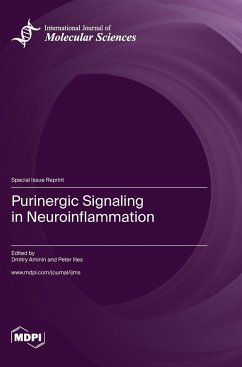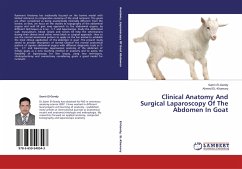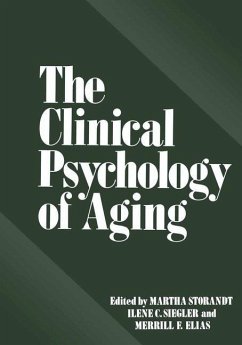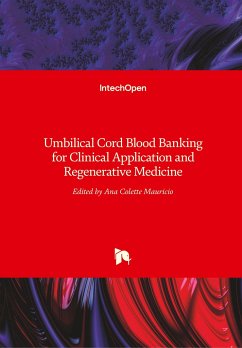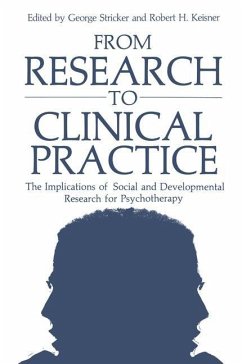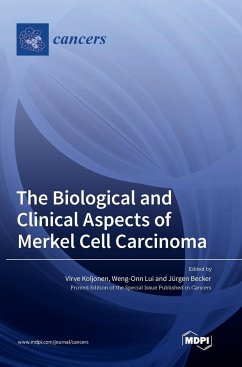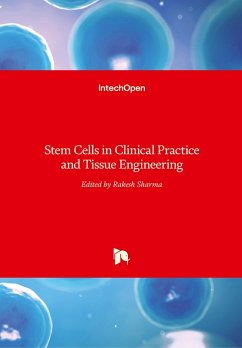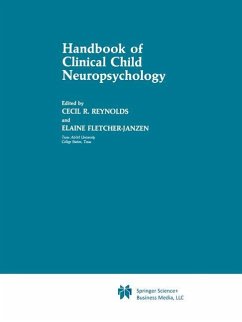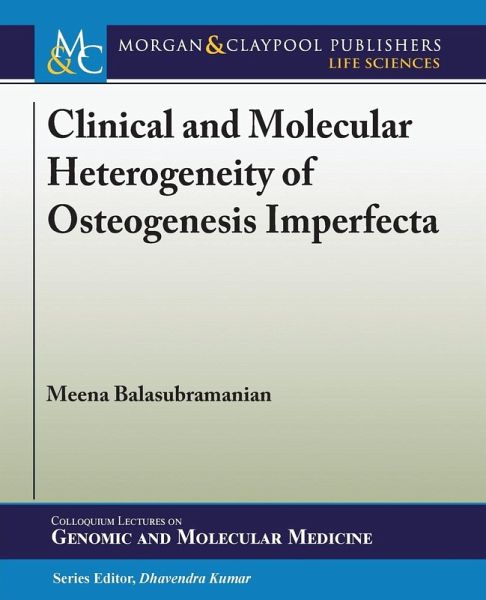
Clinical and Molecular Heterogeneity of Osteogenesis Imperfecta
Versandkostenfrei!
Versandfertig in 1-2 Wochen
34,99 €
inkl. MwSt.

PAYBACK Punkte
17 °P sammeln!
Osteogenesis imperfecta (OI) is a disease encompassing a group of disorders mainly characterized by bone fragility and is the commonest form of heritable bone fragility. In this book, the clinical presentations with particular emphasis on rare phenotypes associated with OI are discussed together with molecular advances in diagnosis and treatment of OI. There is a broad spectrum of clinical severity in OI, ranging from multiple fractures in utero and perinatal death, to near-normal adult stature and low fracture incidence. Facial dysmorphism has been noted, but is not well described, nor is it ...
Osteogenesis imperfecta (OI) is a disease encompassing a group of disorders mainly characterized by bone fragility and is the commonest form of heritable bone fragility. In this book, the clinical presentations with particular emphasis on rare phenotypes associated with OI are discussed together with molecular advances in diagnosis and treatment of OI. There is a broad spectrum of clinical severity in OI, ranging from multiple fractures in utero and perinatal death, to near-normal adult stature and low fracture incidence. Facial dysmorphism has been noted, but is not well described, nor is it an invariable feature. Sillence et al., in 1979, provided the clinical classification, which has been further expanded. Genetic defects in type 1 collagen can be identified in 85% of patients with a clinical diagnosis of OI, that is, mutations in COL1A1/COL1A2, which follows an autosomal dominant pattern of inheritance. Several genes have now been implicated in autosomal recessive forms of OI and X-linked osteoporosis. Given the possible antenatal presentation and prognosis associated with OI, it is important to make this diagnosis early and be able to distinguish this from other lethal skeletal dysplasias. It is also important to distinguish nonaccidental injury from a pathological cause of fractures, such as OI, and diagnose this promptly in these situations. However, this is not always possible due to variability in presentation and inability to pinpoint the precise genetic etiology despite extensive genetic testing. OI is one such rare genetic condition where treatment is available in the form of bisphosphonates, which has a huge impact on quality of life. Despite advances in medical therapy, multidisciplinary management including physiotherapy remains the mainstay of treatment and improved outcomes in OI.




